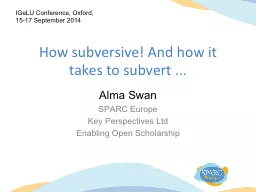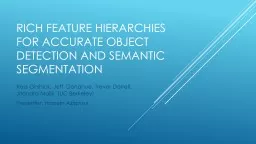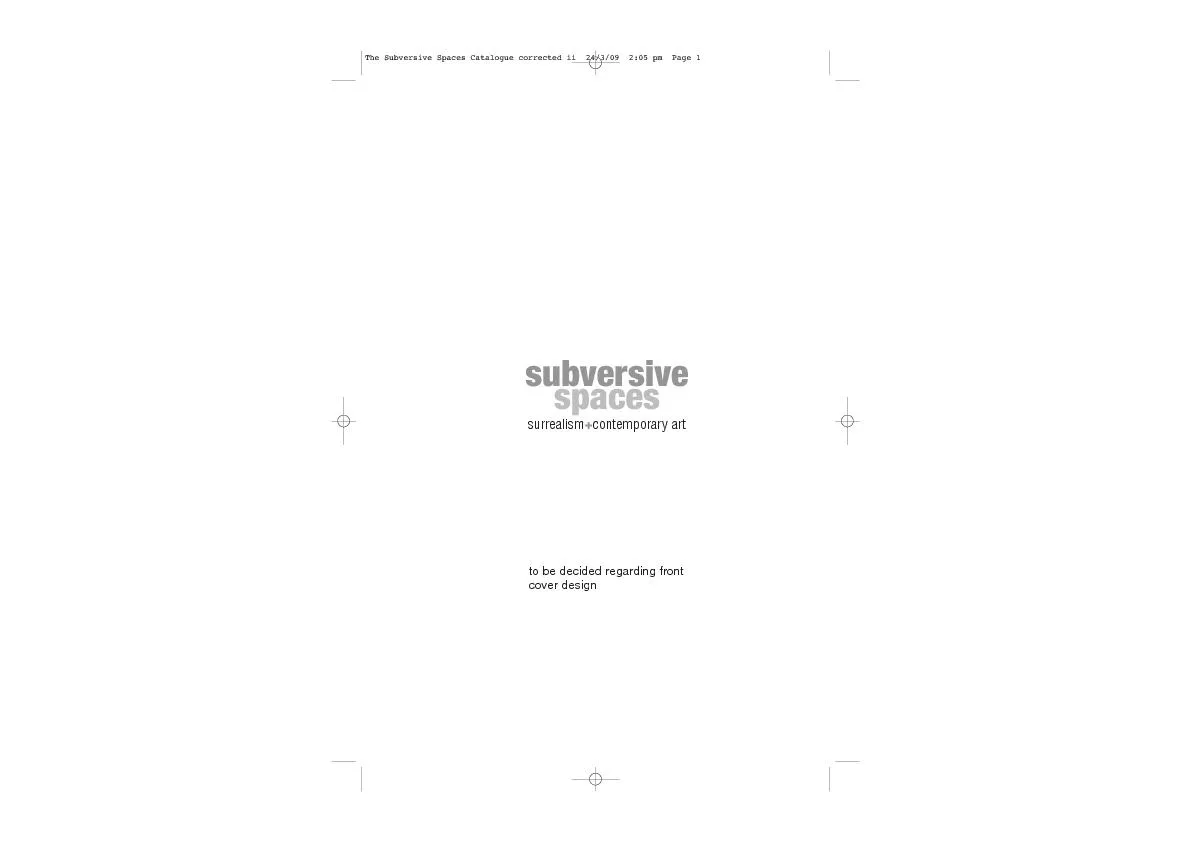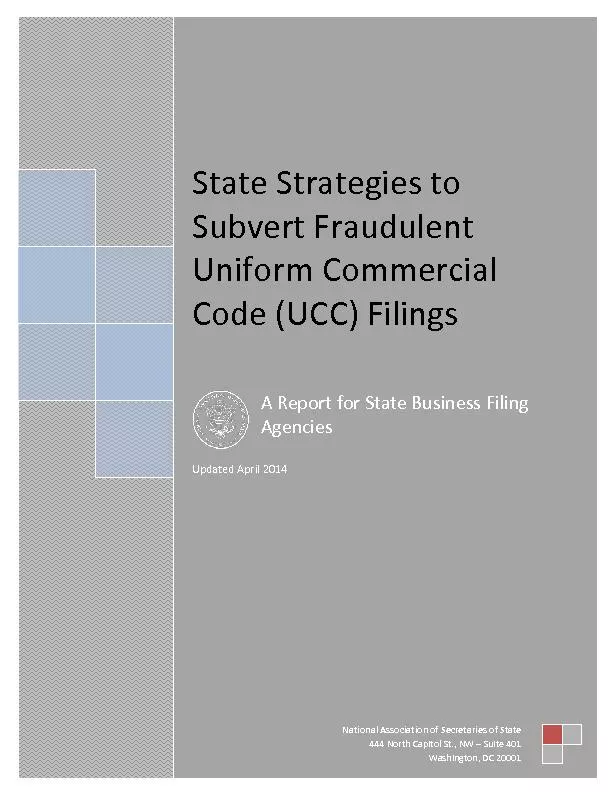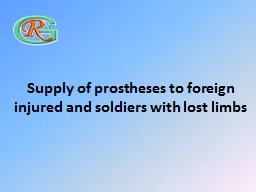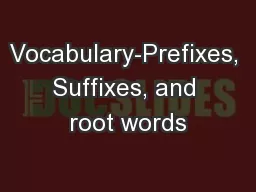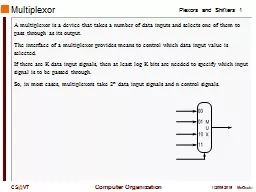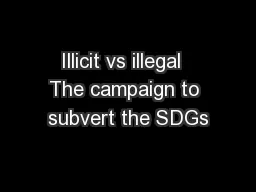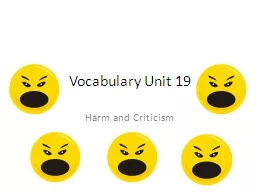PPT-How subversive! And how it takes to subvert ...
Author : celsa-spraggs | Published Date : 2017-06-22
Alma Swan SPARC Europe Key Perspectives Ltd Enabling Open Scholarship IGeLU Conference Oxford 1517 September 2014 Spirit or soul The Subversive Proposal 27 June
Presentation Embed Code
Download Presentation
Download Presentation The PPT/PDF document "How subversive! And how it takes to subv..." is the property of its rightful owner. Permission is granted to download and print the materials on this website for personal, non-commercial use only, and to display it on your personal computer provided you do not modify the materials and that you retain all copyright notices contained in the materials. By downloading content from our website, you accept the terms of this agreement.
How subversive! And how it takes to subvert ...: Transcript
Download Rules Of Document
"How subversive! And how it takes to subvert ..."The content belongs to its owner. You may download and print it for personal use, without modification, and keep all copyright notices. By downloading, you agree to these terms.
Related Documents

